When it comes to digital signage there are a lot of decisions that need to be made. From the size and type of display, the software platform, not to mention the type of content, but one aspect of digital signage projects that many integrators don’t give enough thought into, is the digital signage display enclosure.
All digital signage systems require some form of enclosure, either for protection or to maintain a consistent aesthetic with other displays. Digital signage screens, after all, are just commercial grade TVs so a digital signage display enclosure can provide the right looks that for a visual medium, is so important.
Mounting
The type of digital signage display enclosure required for a screen can often depend on where the screen is to be positioned and how it is to be mounted. Screens can be positioned in two different orientations: landscape, where the screen is placed horizontally, the same way as a TV at home; or portrait, where the screen is placed vertically, much like a traditional poster.
Both landscape and portrait digital signage display enclosures are available, and choosing which option to go for may depend on where the screen is positioned and mounted. A portrait screen on a wall, for instance, will make better use of space, while screens suspended from ceilings are better suited to being in landscape mode.
Floor standing
Another solution for digital signage is to use a floor standing totem system. Floor standing systems have the advantage of being more prominent and noticeable than screens mounted flat against walls or suspended from ceilings. Again, various solutions for floor standing digital signage display enclosures exist.
Floor standing digital signage enclosures provide the mounting solution for these standalone systems. They too can come in landscape and portrait mode, although most totem digital signage systems tend to be in portraiture because it requires less space.
Outdoor
For outdoor digital signage, the enclosure plays an even more important role than just housing the screen. In outdoor environments, digital signage display enclosures have to provide all the protection necessary for using a screen outside. This means that not only does the enclosure have to be waterproof, to protect both the screen and any other hardware from rainfall, but also they need to provide temperature protection.
Temperature protection is vital for outdoor environments because in hot weather an outdoor digital signage display can easily overheat, while in colder conditions, preventing the screen from freezing is also essential. To this aim, digital signage display enclosures often contain cooling fans, insulation and sometimes, if they are located in very cold conditions, heaters.
Another aspect of protection that both outdoor digital signage display enclosures and those situated indoors need to have, is to be physically tough enough to defend against impact. Impact can be caused accidentally but also where screens are left unattended in public areas, by deliberate vandalism. Any screen operating in a public location needs to be tough enough to cope with vandalism, which is why so many digital signage display enclosures are manufactured from steel and have shatterproof screens; this is an important attribute as glass not only is easily broken but can also cause a hazard for members of the public.
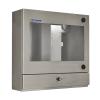
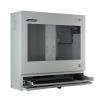
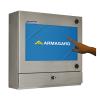
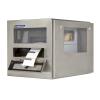
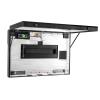
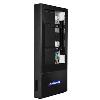
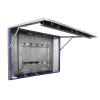
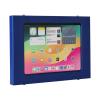
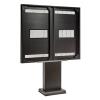
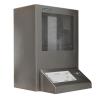






Comments are closed.